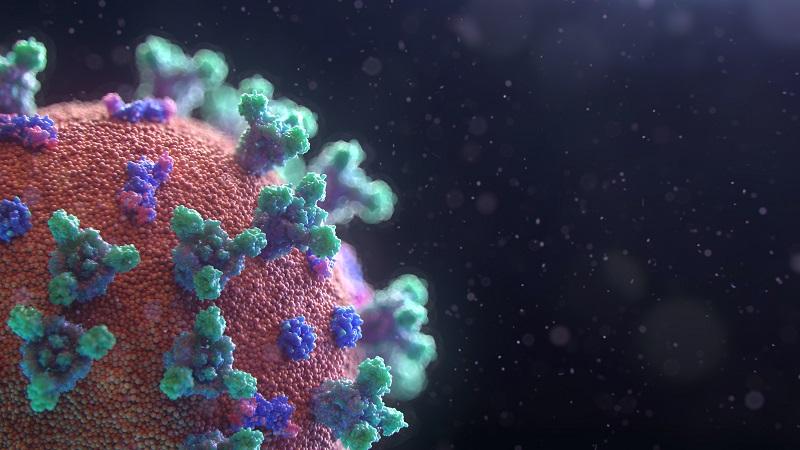In biology, function and form are closely intertwined. Understanding how organisms grow, adapt and reproduce requires understanding their physical structure. Thus, the transformative power of the microscope has permeated science over the past four centuries.
Microscopy, or the field of microscope use, can now reveal the tiniest structures through techniques such as microcrystal electron diffraction, or MicroED. Instead of passing light through cells like a light microscope, MicroED bombards a crystal sample with a stream of electrons to yield detailed information about its atomic structure.
“The method was developed to reveal, or 'solve,' the structure of proteins," said Brent Nannenga, an associate professor of chemical engineering at ASU. The researchers then began applying it to compounds such as drugs and small organic molecules. However, it has not been proven on nucleic acids, and the scientific community has been asking whether it works for DNA.”
Nannenga and his colleagues have just answered that question. A research team at Arizona State University, in collaboration with colleagues at UCLA, has successfully demonstrated the use of MicroED to analyze DNA crystals for the first time. Their findings were published in Structure.
Scientists have been using X-rays to probe the structure of crystals for decades. But X-ray crystallography requires relatively large crystals, and producing them in the laboratory is a sufficiently complex process to represent a bottleneck in the pace of research.
“We're talking about crystals that are tens or hundreds of microns in size," Nanenga said. For comparison, a human hair is about 70 microns in diameter, he noted. "But MicroED allows us to work with materials that are only a few hundred nanometers, which is a fraction of a micron.”
As explained in the new paper, MicroED can use smaller, easier-to-produce crystals. But even these tiny crystals may be too large for the technology to be used successfully. Shrinking them down to the ideal size requires another step.
"It's called cryo-focused ion beam or cryo-fib milling. The instrument uses a beam of gallium ions to grind or whittle away material." " It is possible that the crystals were originally only a few microns thick, which is very small for x-rays but still too large for electrons. The process reduces them to an ideal thickness of 200 to 250 nanometers.”
Thus, the combination of cryofib milling and MicroED provided high-resolution data for crystal structure determination. Other recent studies have shown that the technique is effective for analyzing the structure of biomolecular systems such as small protein crystals. But Nannenga and his team were the first to demonstrate its potential for determining the structure of nucleic acids.
Going forward, this approach offers greater opportunities to understand not only DNA, but also the structure and function of RNA. These findings could support the development of new nanotechnology and more effective drug treatments.
Other authors of the paper are Alison Haymaker and Andrey Bardin of Arizona State University, and Tamir Gonen and Michael Martynowycz of UCLA.
Journal reference:
Haymaker, A., et al. (2023) Structure determination of a DNA crystal by MicroED. Structure. doi.org/10.1016/j.str.2023.07.005.
Background Reading
Microcrystal electron diffraction (MicroED) is an evolving technique for resolving the protein structure of nanocrystals that combines cryo-EM sample preparation methods with X-ray crystal diffraction data analysis.
Advantages of MicroED
There is no need to invest a lot of time and cost in preparing crystals of larger size, which greatly simplifies the sample preparation process and significantly reduces the required sample volume. This makes MicroED ideal for analyzing the structure of rare and valuable samples, as well as analyzing large numbers of samples in a short time.


